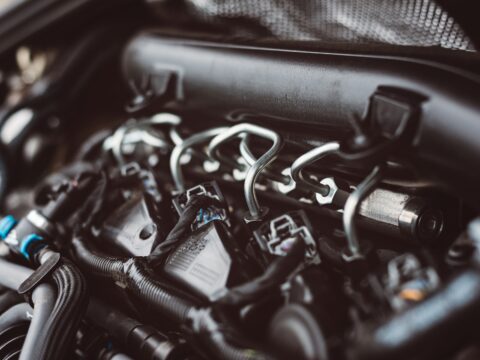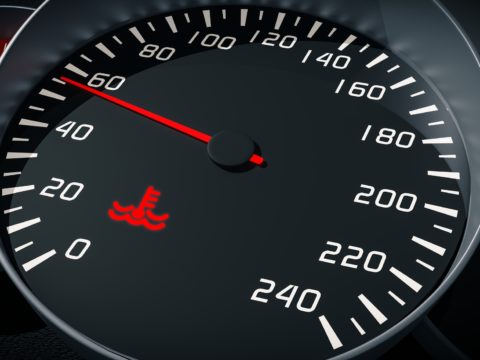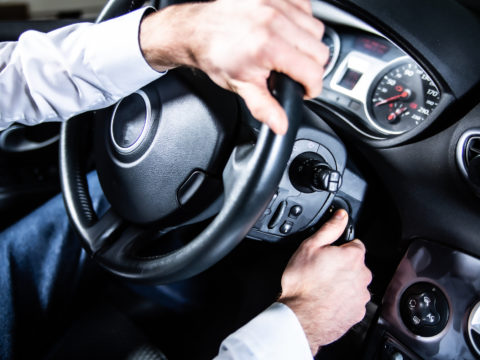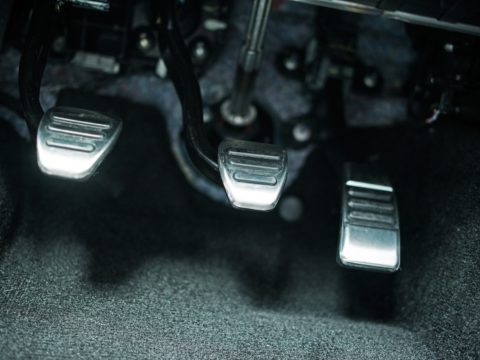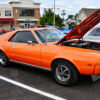You’re not the only one! Of all the problems that vehicle owners face, rattling noises on the passenger side of a car tend to be the most common.
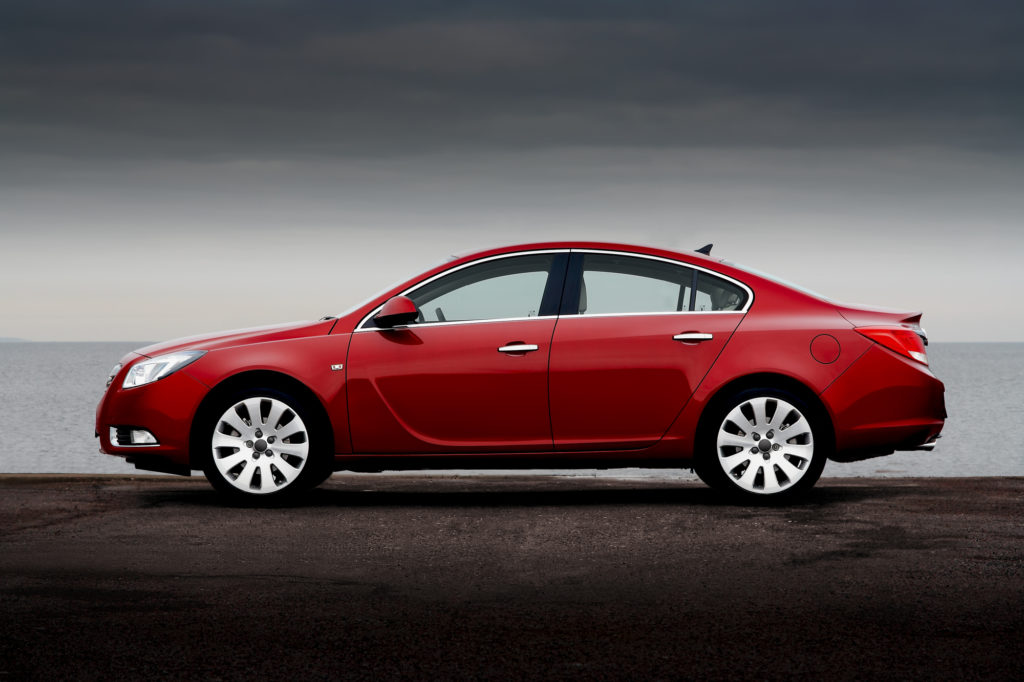
Your vehicle’s mysterious rattling noise could indicate severe problems that require immediate expert attention. But not always. The most common cause of rattling noise on the passenger side of the car is a failed catalytic converter!
Let’s learn more.
Contents
6 Causes of This Noise
Here are the top six causes of rattling noise on the passenger side of a car,
1. Failed Catalytic Converter
The catalytic converters within most cars made today use metal oxide bricks to weather engine deposits. Though effective at breaking down harmful emissions when working correctly, these bricks tend to break apart when overheated, causing a rattling noise.
It may seem straightforward that if your car is making rattling noises on the passenger side, you should replace this component to repair the problem. However, there could be other factors at play here – including issues with the engine itself and whether or not it needs to be replaced as well.
2. Loose Exhaust Hangers and Clamps
Exhaust system hangers aren’t something one can expect will deteriorate with time, but unfortunately, this happens. Corrosion is the reason for this, and when this happens, the hangers can become loose or come off entirely. In a worst-case scenario, this may lead to a crash.
Corroded exhaust hangers lead to unusual vibrations during acceleration. If a hanger is found to be defective, it is safe to replace it instead of throwing out the whole thing.
3. Wheel Well Rattle
The wheel well is the compartment in which your wheels are located. The wheel well has many components, including the wheel, tires, brake rotors, and brake pads. These components can cause a rattle when they fail to operate correctly or if they become loose.
The most common cause of a rattling sound is a loose tire or hubcap. If you hear a rattle coming from your tire, check if it has become loose on the rim. If so, take it to a mechanic to get it up properly.
4. Damaged Heat Shield
A vehicle’s exhaust system typically contains a lot of heat shields, but keep in mind that these could fall victim to rust or corrosion at any point. If a shield comes loose from its weld and starts striking other surfaces of the engine, you may hear rattling noises on the passenger side of the car,
A loose heat shield will make rattling sounds when the car is in motion, especially on rough roads. If you continue driving a vehicle with a damaged heat shield, it may rub against other car parts and do more damage.
As soon as you see rust or damage on a heat shield, you should replace it. While rust is not always visible from the outside, ignoring it would result in reduced structural strength and integrity, posing a grave safety risk when operating your oven or other kitchen appliance.
5. Poor Fitting Brake Components
When brake pads are brand new, they are typically made of softer metals. Sometimes these metals can move around slightly on the calipers, causing them to rub against the rotor during braking and make a noise.
It’s also important to note that if you hear this noise after you’ve had brake work performed, the noise could mean the mechanic did not install the pads correctly. If the issue persists, you should get it checked out as soon as possible if there is a severe issue with your brakes.
6 Loose or Damaged Steering/Suspension Components
Efficient steering and suspension are essential parts of a vehicle for ride comfort or handling issues. These parts can and do age with time, which results in wear issues that can become worrisome. One of the symptoms of suspension problems is rattling noises on the passenger side of the car.
You can diagnose a car’s steering and suspension problems by examining it carefully. For example, you need to apply pressure on certain parts to check for free-play as you take them apart and put them back together.
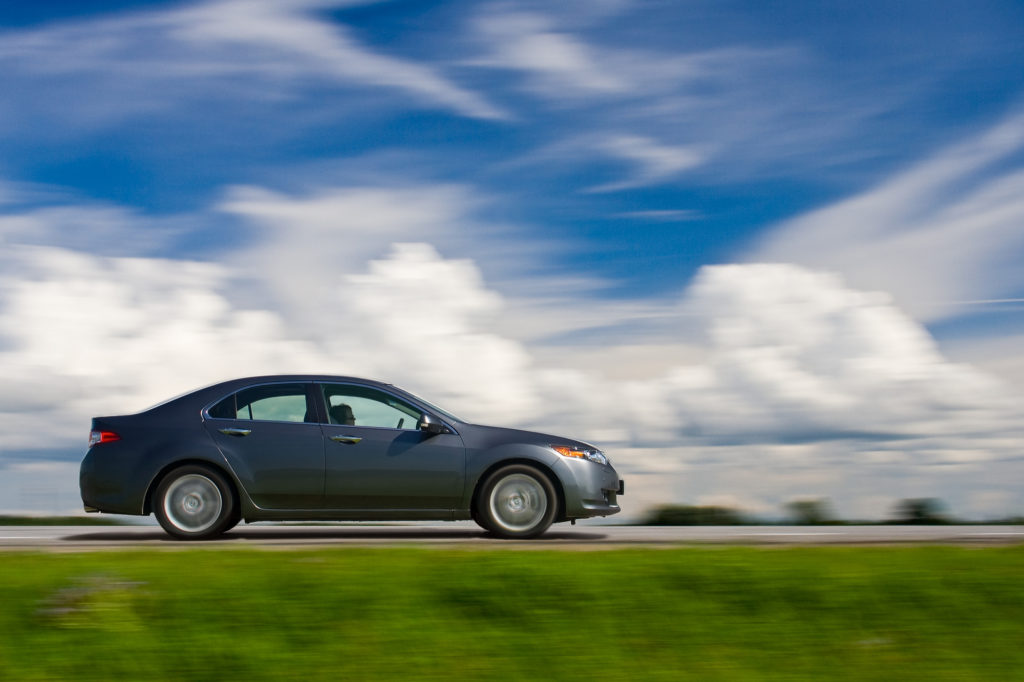
Diagnosing the Noise
Here are the most common causes you should inspect when you hear rattling noises on the passenger side of a car:
Check 1: Loose Heat Shield
The first thing to check is the heat shield at the top of the exhaust system. If your vehicle has one, it is easy to spot as it sits on top of the exhaust system and has a shiny metal surface. It may be at the rear of the engine compartment or in front of it.
To check if it is loose, remove the 4 bolts securing it to the exhaust system with a ratchet and socket, and gently pull up on it. If it rattles, it is loose and needs to be secure to stop the noise you hear. To do this, secure all bolts with new nuts and washers.
Check 2: Worn crankshaft
If you hear a deep thumping sound when accelerating your car, there is an extremely high possibility that you have a worn crankshaft pulley.
You can find out if your car’s crankshaft is defective by removing the oil pan, metal, or plastic container beneath the engine where dirty or used oil accumulates.
If your car’s crankshaft is damaged, consider calling a mechanic to see what options are available for resolving the issue.
Check 3: Failed Catalytic Converter
Besides rattling noises, other symptoms of a damaged catalytic converter include:
- Reduced performance
- Backfiring and popping noises from the exhaust
- Poor fuel economy
- Burning smell from under the hood
If you suspect your vehicle is having trouble with its catalytic converter, it’s time to take a closer look.
You’ll need to jack up the car and inspect the exhaust pipe leading out of the engine to do that. You’ll be looking for holes or dents in the exhaust pipe or muffler, which could be signs of damage.
Another sign of trouble is any thick black soot or residue on or around your exhaust components.
Check 4. Loose Brake Pad
First, find a safe place to park and apply the parking brake. Jack up your car (and use jack stands if you have them) until the wheels are just off the ground. Use jack stands to stabilize it and make sure your car isn’t going anywhere.
Next, look for an inspection hole near the inner surface of each wheel. Remove any dirt or debris from these holes to see through them easily. Put on safety glasses and gloves, then look at the brake pads through those holes.
You should be able to see how far apart they are from each other when you’re looking through these openings. If there’s more than half an inch of space between them, your pads are too loose.
What to Do?
When you’re driving and hear a rattle from the passenger’s side of your vehicle, remember these key steps:
Pullover in a Safe Area
Rattling sounds can be scary, and if they’re very loud, it may indicate a serious issue that you need to have looked at or fixed by professionals. You should pull over completely and park your vehicle so that people nearby are safe.
Take Note of the Problem
Listen closely to the rattling noise and whether it goes away when you drive faster or slower. You might get clues about what’s causing the problem.
Contact Your Local Mechanic
Call a local mechanic to discuss the problem once you’ve parked your vehicle and exited the driver’s side. They can determine whether it’s safe to drive your vehicle or if you will need assistance from a tow truck.
Stay Alert and Stay Safe
If you hear your car making strange sounds, you should remember to stay safe. A rattling sound could mean severe problems abound and that your car needs immediate attention.

